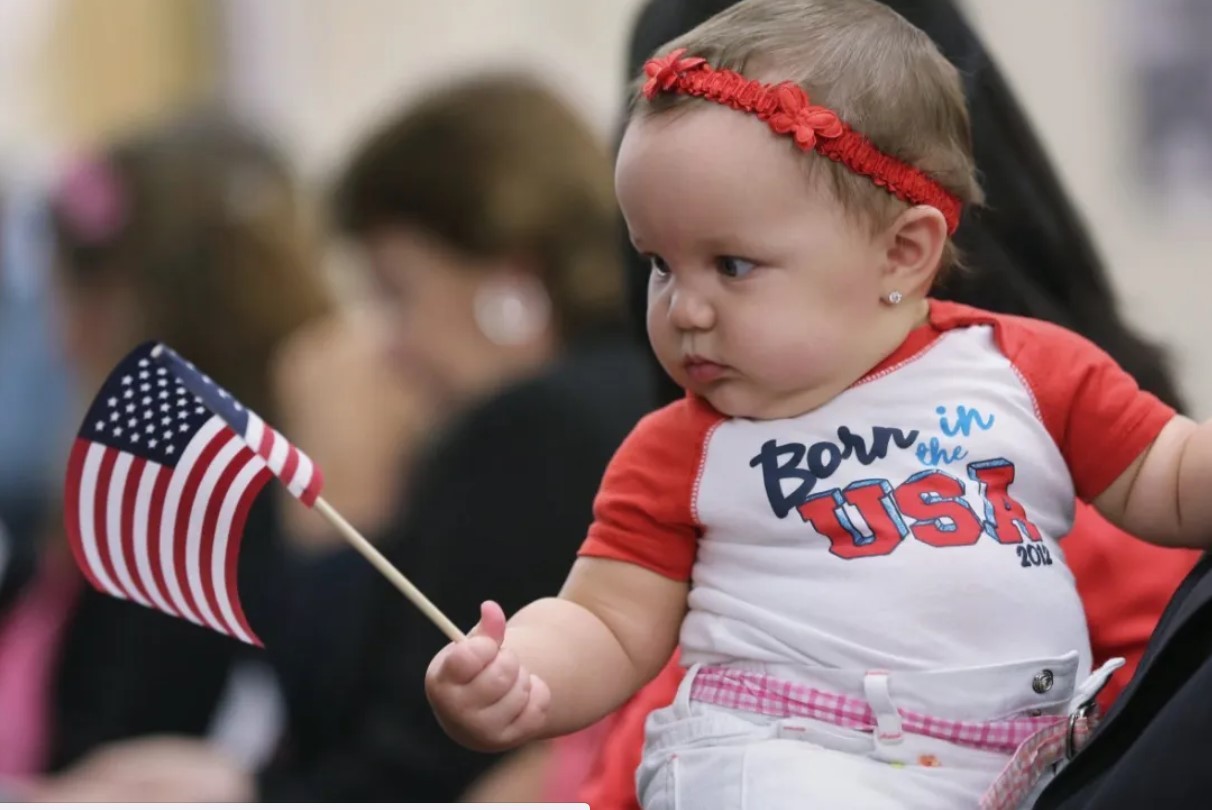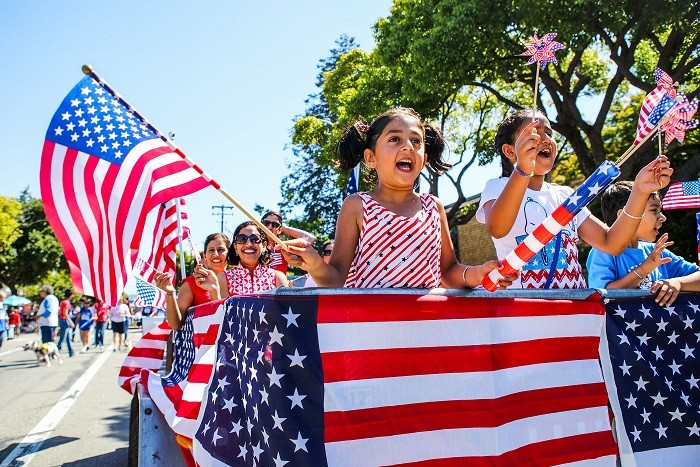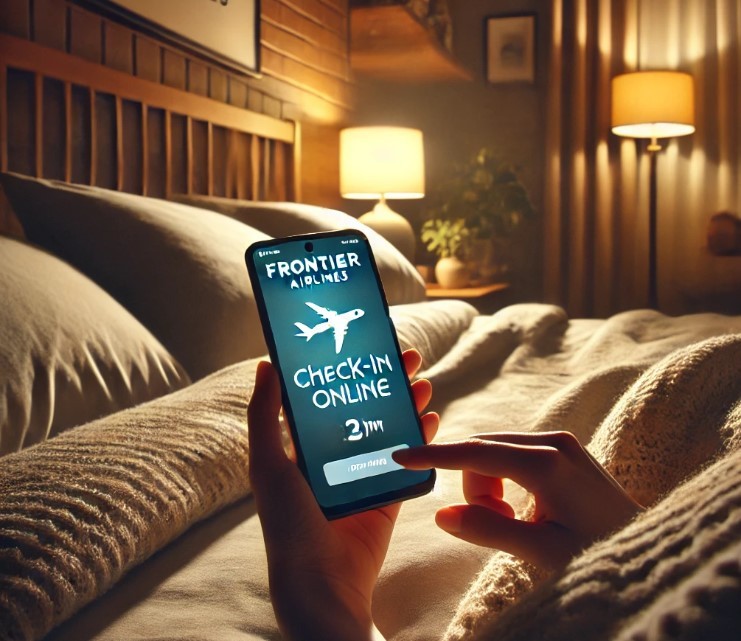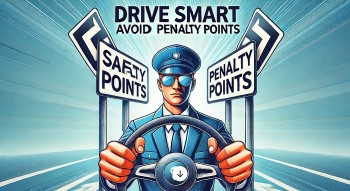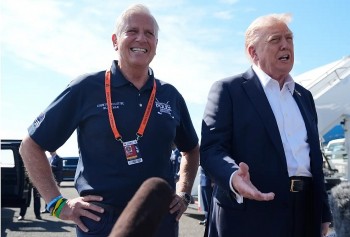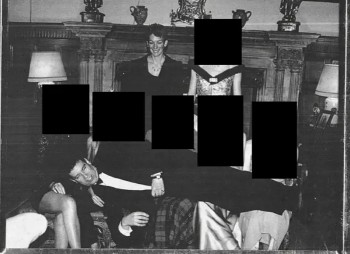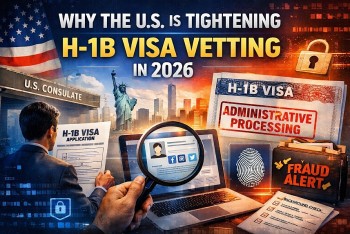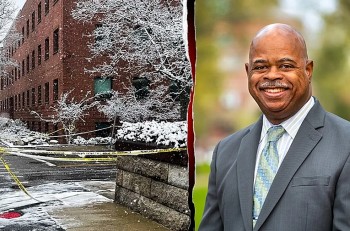What Did the Supreme Court Decide on Trump’s Birthright Citizenship Order?
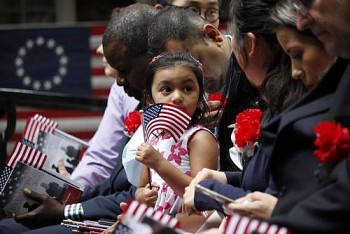 Does Birth in the U.S. Guarantee Citizenship and a Passport? Here’s What the Law Says in 2025 Does Birth in the U.S. Guarantee Citizenship and a Passport? Here’s What the Law Says in 2025 |
 Trump Moves to End Birthright Citizenship for Children of Undocumented Immigrants Trump Moves to End Birthright Citizenship for Children of Undocumented Immigrants |
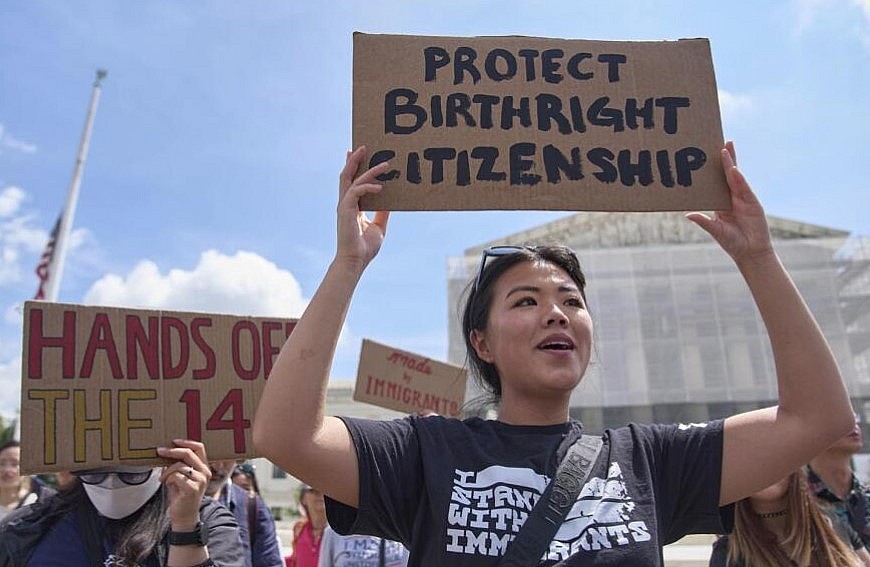 |
| Supreme Court curbs injunctions that blocked Trump's birthright citizenship plan |
In a 6-3 decision in Trump v. CASA, Inc., the Court ruled that federal judges do not have the authority to block executive actions nationwide unless every affected party is directly involved in the lawsuit. This decision significantly weakens the power of federal courts to freeze presidential policies across the entire country.
At the heart of the case is Trump’s Executive Order 14160, issued on his first day back in office, which seeks to end automatic U.S. citizenship for children born to undocumented immigrants. Previously, several lower courts had issued nationwide injunctions to block this order. The Supreme Court’s ruling instructs those courts to revise their injunctions so they apply only to the plaintiffs in those specific cases.
What the Ruling Changes
1. Limits Scope of Judicial Power
Judges can no longer issue sweeping injunctions halting federal policies for the entire nation unless the ruling directly affects all parties involved. This restricts one of the judiciary’s most powerful tools and alters how lawsuits against the federal government may proceed.
2. Allows Partial Rollout of the Policy
Since the nationwide injunctions have been rolled back, Trump’s birthright citizenship order can now be implemented in states or jurisdictions that did not challenge it in court. Federal agencies are expected to issue new guidelines within 30 days.
3. Keeps Constitutionality Unresolved
Importantly, the Supreme Court did not rule on whether Trump’s executive order is constitutional. The broader legal battle over whether the 14th Amendment guarantees citizenship to everyone born on U.S. soil remains unresolved.
The Stakes: Why This Matters
Partial Implementation = Unequal Citizenship Rights
Some children born in the U.S. may now receive citizenship based on the state they are born in, leading to a fragmented application of constitutional rights. Critics say this undermines national unity and legal clarity.
Challenge to the 14th Amendment
Trump’s order directly challenges a longstanding interpretation of the 14th Amendment, established by the 1898 Supreme Court case United States v. Wong Kim Ark. That precedent affirms citizenship for nearly all born on U.S. soil. Trump’s administration argues that this protection should not apply to children of undocumented immigrants.
Impact Beyond Immigration
Limiting nationwide injunctions could affect a wide range of future policies—from environmental regulations to healthcare reforms—making it more difficult for federal courts to halt controversial executive actions.
The Dissents: A Sharp Rebuttal
Justice Sonia Sotomayor led a strong dissent, criticizing the majority for sidestepping the constitutional questions and focusing solely on limiting judicial oversight. She argued the decision gives the executive branch too much unchecked power and leaves potentially unconstitutional policies in force in large parts of the country.
What Happens Next?
-
Revised Injunctions: Lower courts will rewrite their injunctions to limit them to specific plaintiffs.
-
Federal Guidance: Agencies have a 30-day window to issue implementation guidance for the order in non-challenging states.
-
Further Legal Battles: The constitutionality of the order is expected to face continued legal challenges. A definitive ruling on birthright citizenship may eventually return to the Supreme Court.
FAQ: Birthright Citizenship and the Supreme Court Ruling
Does this ruling end birthright citizenship in the U.S.?
No. The Supreme Court did not decide on the constitutionality of ending birthright citizenship. It only ruled on the limits of nationwide injunctions.
Who is affected by the decision?
Children born in states that did not participate in lawsuits challenging the order may now be affected, as the executive order could be implemented there.
What is a nationwide injunction?
It is a court order that blocks a federal policy across the entire country, even for people not directly involved in the lawsuit.
Is Trump’s executive order currently in effect?
Partially. The order may be implemented in areas where no legal injunction is currently active.
Can this case return to the Supreme Court?
Yes. If lower courts rule on the constitutionality of the order, the case could eventually return to the Supreme Court for a final decision.
Conclusion
The Supreme Court’s decision represents a major shift in how executive power is checked by the judiciary. While Trump’s birthright citizenship policy is far from fully enacted, the door is now open for a patchwork implementation across the country. The broader constitutional questions remain unresolved, setting the stage for continued legal battles over one of America’s most foundational principles: who gets to be a citizen.
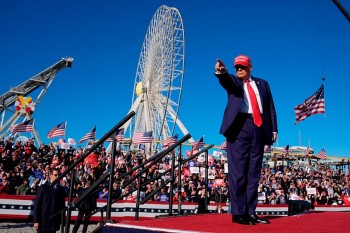 Which American Citizens Could Be Deported Under Trump’s Orders? Which American Citizens Could Be Deported Under Trump’s Orders? Donald Trump’s stance on immigration has consistently sparked controversy, especially due to his polarizing proposals on deportation. Among the most debated elements of his approach ... |
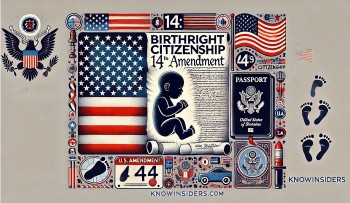 Understanding American Birthright Citizenship: History, Impact, and Controversies Understanding American Birthright Citizenship: History, Impact, and Controversies American identity is defined by birthright citizenship, despite being taken for granted. How did it begin, what does it mean, and how does it impact ... |
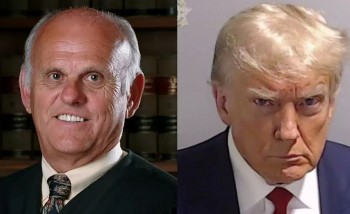 Who Is Judge John C. Coughenour — The Man Who Stood in Trump's Way on Birthright Citizenship? Who Is Judge John C. Coughenour — The Man Who Stood in Trump's Way on Birthright Citizenship? Federal Judge John C. Coughenour blocked President Trump’s attempt to limit birthright citizenship, labeling the move “blatantly unconstitutional.” Here’s a closer look at his biography, ... |

